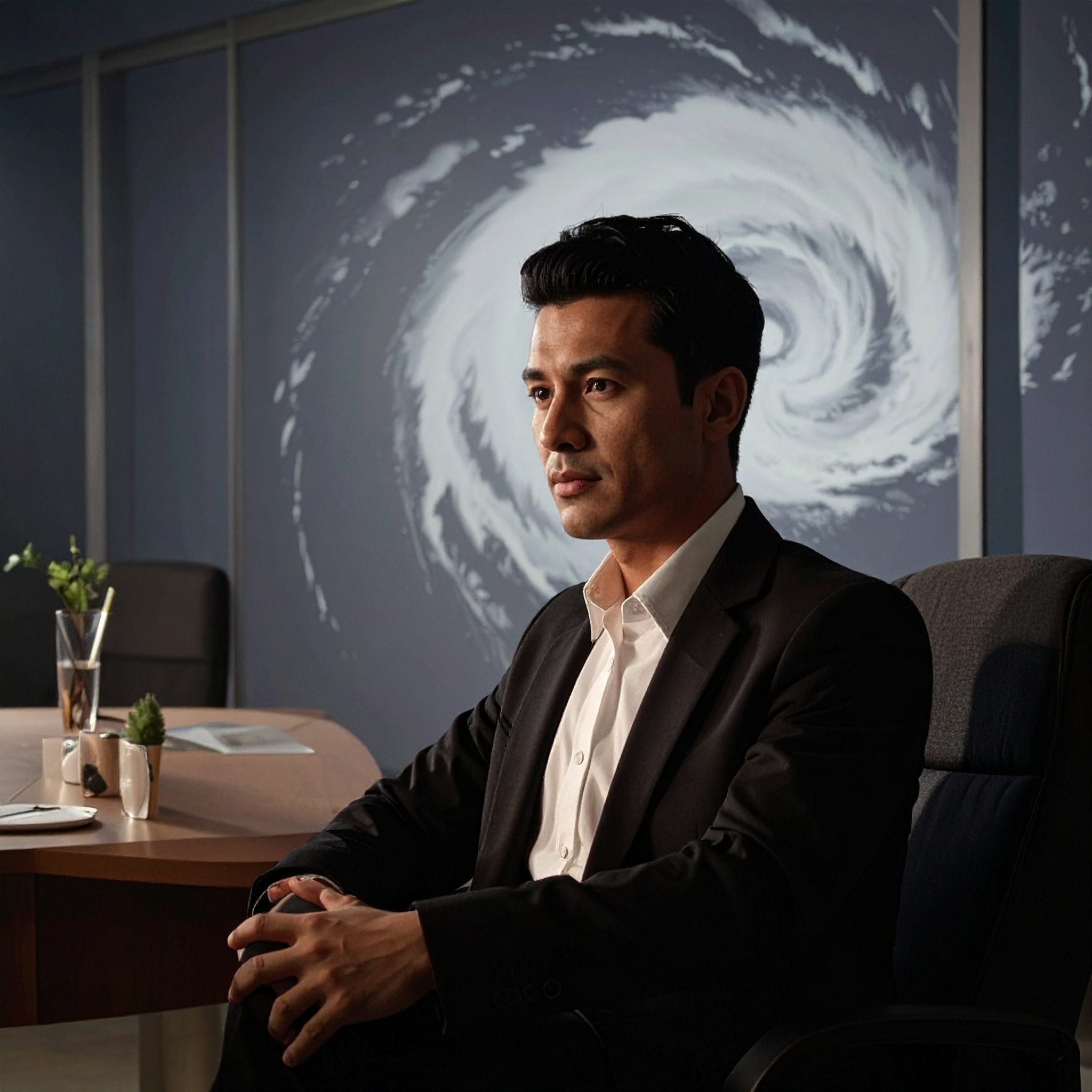Living in Japan inevitably means contending with natural disasters such as typhoons, earthquakes, heavy rains, and floods. For residents of rental properties—where one is not the legal owner of the dwelling—these events often raise valid concerns: “What steps should I take if my home is damaged?”, “Who is responsible for repairs?”, and “What happens if I don’t have insurance coverage?”
What many are unaware of is that, in the aftermath of such disasters, there are multiple support mechanisms and consultation services available beyond just fire or property insurance. These resources are designed to assist affected individuals, particularly tenants, in navigating the recovery process efficiently and with confidence. In this article, we explore alternative recovery routes outside of traditional insurance and provide a practical guide to the immediate steps one should take when facing property damage due to a natural disaster.
The First Essential Step: Accurately Document the Situation
In the event of damage caused by a natural disaster, the most critical initial action is to preserve clear evidence of the damage.
✅ Capture Photos and Videos
-
Document damaged walls, broken furniture, and water-logged flooring from multiple angles and with visible timestamps whenever possible.
-
Distinguish between fixtures owned by the landlord (e.g., air conditioning units, water heaters, built-in furnishings) and those belonging to the tenant.
✅ Notify the Property Management Company or Landlord Immediately
-
Establish clear communication regarding what repairs are necessary, the order in which they will be addressed, and whether any emergency measures are required.
-
Avoid independently hiring repair services, as doing so without prior approval may result in the tenant bearing the full cost of those services.

Support Options When Insurance Is Unavailable or Insufficient
Even in the absence of fire insurance—or when certain types of damage (such as those caused by earthquakes) fall outside the scope of coverage—there are government-administered assistance programs available to residents.
1. Local Government Program: Disaster Victim Livelihood Recovery Support System
This program provides financial assistance of up to ¥3,000,000 for households that have sustained significant damage due to natural disasters.
-
Applications must typically be submitted on a per-household basis, usually by the head of the household.
-
The amount of financial support varies depending on the severity of the damage—such as partial or complete destruction of the home or the need for long-term evacuation.
-
A disaster damage certificate (“risai shomeisho”) is required as official documentation of the impact.
-
Note: Not all disasters are eligible. It is essential to confirm eligibility directly with your local municipal office.
2. Obtaining a Disaster Damage Certificate
This is an official document issued by local municipal authorities to certify property damage caused by a natural disaster. It serves as essential documentation for accessing various forms of relief and support.
Primary Uses Include:
-
Applying for municipal financial assistance
-
Requesting reductions or waivers for public utility charges
-
Negotiating the cancellation of lease contracts without penalty
-
Applying for temporary housing for disaster victims
Acquisition Process:
-
Submit a request to your local municipal office (via phone or online) shortly after the disaster occurs.
-
A municipal representative may conduct an on-site inspection or ask for photographic evidence.
-
The certificate is typically issued a few days after the evaluation is completed.
3. Applying for Utility Payment Reductions or Deferrals
In the aftermath of a natural disaster, temporary relief measures may be available for essential services such as electricity, gas, water, and telecommunications.
Examples of Common Accommodations:
-
Extension of payment deadlines
-
Temporary waivers of utility charges
-
Exemptions from penalties or service reconnection fees
→ To initiate the process, contact the “disaster response support desk” of each service provider directly and submit an official request.
4. Employment and Living Expense Assistance (Public Welfare Loan Programs)
For those who have experienced a reduction in income, job loss, or general financial hardship due to a natural disaster, there are interest-free or low-interest loan programs available through the Social Welfare Councils of each prefecture.
-
Emergency Small-Sum Funds (typically around ¥100,000)
-
General Support Funds (up to approximately ¥200,000 per month)
→ To apply, contact your local Social Welfare Council to obtain the necessary application forms and guidance.
How to Respond to Damage to Buildings or Fixtures
| Owner | Responsibility and Scope of Action |
|---|---|
| Structural Elements (e.g., building exterior, walls, windows, roof) | As a general rule, the landlord is responsible for repairs. |
| Fixtures (e.g., air conditioning units, water heaters, doors) | If the lease specifies these as landlord-installed items, the obligation to repair lies with the landlord. |
| Tenant’s personal property (e.g., furniture, appliances, belongings) | As tenant-owned assets, these items are the tenant’s responsibility; verify if they are covered by fire or contents insurance. |
| When the property becomes uninhabitable | Consult with the property management company to determine whether temporary relocation or contract termination is appropriate. |

What If the Damage Prevents Continued Tenancy?
In cases where a natural disaster renders the property uninhabitable, the tenant may be eligible for lease termination or rent exemption, depending on the severity of the damage and the contractual terms.
Examples of Relevant Conditions and Criteria:
-
The property is deemed uninhabitable due to a natural disaster (as stipulated in Article 611 of the Japanese Civil Code)
-
Official disaster damage certification (e.g., full or partial destruction) confirms the extent of the impact
-
The landlord either refuses to repair the property or requires an extended period to do so
-
The lease includes a force majeure clause that exempts obligations under certain conditions
Essential Steps to Prevent Disputes During a Natural Disaster
-
Act promptly: document all damage immediately using photos and videos
-
Communicate with your landlord or property management company—avoid making decisions unilaterally
-
Don’t hesitate to consult your local municipality or relevant advisory centers—most support programs require formal applications
-
Review your lease agreement and insurance policies in advance—pay special attention to disaster-related clauses and exemptions
While natural disasters are inherently unpredictable, there are well-established systems and support mechanisms in place to mitigate the damage and help residents recover. Beyond relying solely on private insurance, having access to public assistance and accurate information plays a critical role in protecting one’s home and livelihood.




